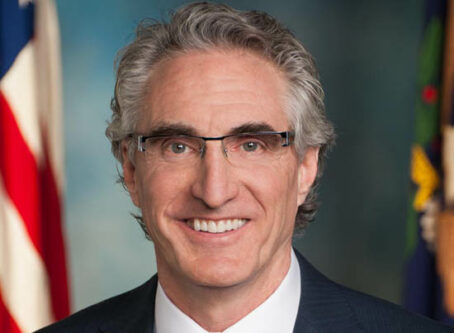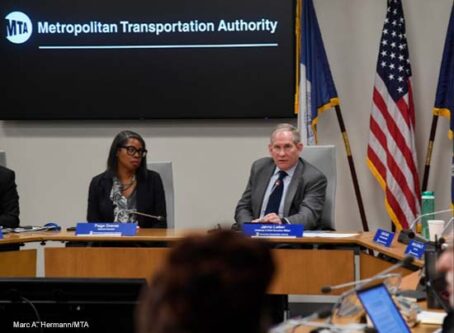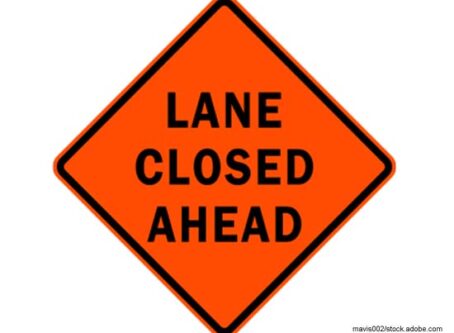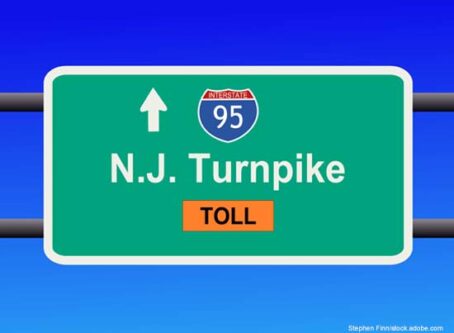Connecticut governor unveils transport plan; other states discuss toll rates, roads
Toll news is happening in several states, ranging from changes to existing toll roads to proposed new toll roads.
Connecticut
On Thursday, Nov. 7, Gov. Ned Lamont revealed his updated transportation plan called CT2030. Part of the $20 billion proposed plan will be funded by tolls if approved.
More specifically, Lamont wants to add tolls at 14 locations across the state. Locations include portions of interstates 84, 91, 95, 395 and 684, plus routes 9 and 15. Calling it a “user fee” rather than a toll, CT2030 tolls will begin in 2023 if it gets through the state legislature.
According to the plan, the base toll rate range for heavy trucks will be $3.50 to $7. The base rate is what most out-of-state motorists with a transponder will pay. Heavy trucks with a Connecticut transponder will pay a discounted rate between $2.80 and $5.60.
Trucks will pay seven times more than passenger vehicles.
Motorists without a transponder will pay a rate from 25% to 50% higher than the base toll rate. Toll rates will be fixed for the project period. However, a cap will only apply to Connecticut passenger vehicles in the future.
Within a 24 hour period, any vehicle equipped with a transponder will not pay more than one round-trip user fee per gantry.
Approximately 40% of Gov. Lamont’s toll revenue plan is expected to come from out-of-state motorists.
Click here for a list of proposed toll locations, including heavy truck rates.
Michigan
The Great Lake State may be the home of new toll roads. In September, Sen. John Bizon (R-Battle Creek) introduced legislation that calls for a feasibility study into the matter.
Introduced on Sept. 12, the bill, S517, was referred to the Committee on Transportation and Infrastructure. On Wednesday, Nov. 6, the committee approved of the bill. From here, it will go to the Senate for a vote. If the Senate passes the bill, it must be approved by the House before arriving at the governor’s desk.
Even if the bill is signed by Gov. Gretchen Whitmer, it only approves of a study, not any kind of toll itself.
The bill calls for the Michigan Department of Transportation to “conduct a feasibility study and strategic implementation plan on tolling highways … including revenue projections based on an analysis of optimal tolling rates, vehicle counts and types by state of registration, and traffic diversion.”
If approved, the study must look into the ability to provide discounts to local, commuter and in-state motorists. The report will be due 18 months from the date the governor signs the bill.
Virginia
HOV lanes on Interstate 395 in Virginia are scheduled to begin on Sunday, Nov. 17, according to Transurban, the contractor hired to oversee the express lane tolls.
The HOV lanes will close on the evening of Nov. 15 to prepare for the changes.
Although the express toll lanes are available only to vehicles with two or fewer axles, they are expected to reduce heavy congestion in the area.
All ramps that currently lead to the 395 HOV lanes will require an E-ZPass or E-ZPass Flex when the lanes become the 395 Express Lanes. This includes the northbound ramps near S. Eads Street.
The 395 Express Lanes will pick up where the 95 Express Lanes leave off (around Edsall Road) and run up to the 14th Street Bridge in D.C., giving drivers a continuous trip to the D.C. line.
The redesigned interchange at S. Eads Street will bring quicker access to the Pentagon and Pentagon City. There will be two ramps to exit the northbound 395 Express Lanes to S. Eads Street. There will be one ramp to the Pentagon and another ramp to Pentagon City. New traffic lights will also go into effect.
Beginning Nov. 14, new stoplights on S. Eads Street and the Pentagon reservation will be placed into flash mode until the HOV lanes open on Nov. 17. Virginia State Police and Safety Service Patrol will be on location to assist motorists.
More information can be found here.
Pennsylvania
Two things are happening at the Pennsylvania Turnpike. First, motorists should get ready to pay more for tolls in the Keystone State.
Approved of in July, tolls will increase by 6% beginning at 12:01 a.m. on Jan. 5. The increase affects both E-ZPass and cash customers. This is the 12th consecutive year of toll hikes on the turnpike.
A 2020 trip calculator and toll schedule is expected to be posted online this fall at PATurnpike.com/toll/TollMileage.aspx.
Second, the Pennsylvania Turnpike Commission recently announced it will turn the entire turnpike completely cashless by 2021. After 2021, in-lane or onsite payment will no longer be accepted anywhere along the 552-mile tollway.
The move comes after the commission launched a pilot program at several locations. The first pilot locations were launched in 2016 near the Turnpike Bridge over the Delaware River at the New Jersey border in Bucks County. More recently, two conversions were made in western Pennsylvania in October.
Operation costs will likely not change much in the near future. In a news release, the Pennsylvania Turnpike Commission said that commissioners “remain committed to no layoffs prior to Jan. 1, 2022.”
“As we move toward all-electronic tolling, we will continue to do all we can to help transition impacted employees — whether that means moving to another position here at the PTC or one elsewhere,” Pennsylvania Turnpike Commission CEO Mark Compton said in a statement.
Texas
Toll rates on the Central Texas Regional Mobility Authority system will increase in January, although a relatively small bump compared to Pennsylvania.
According to a Central Texas Regional Mobility Authority document dated Oct. 30, rates across the system will increase by 1.71%.
How much truckers will pay depends on whether or not they have a TxTAG and which toll road they are using.
For TxTAG users operating a five-axle vehicle, toll rates currently range from $1.72 (183A toll at Crystal Falls ramps) to $6.16 (183A toll at Park Street mainline). Next year, that range will increase to $1.75 to $6.27. Those paying by mail will pay anywhere from nearly $2.64 to $9.40, up from $2.60 to $9.24.
The Central Texas Regional Mobility Authority has tolls along U.S. 183 near Austin and Leander, U.S. 290 from Manor to Austin, SH 71 near Austin-Bergstrom International Airport and SH 45 near Round Rock.
From 2015 to 2019, tolls have increased every year, ranging from 1.46% in 2017 and 2.27% in 2019. Although the formula used to determine increases calculated a 0.04% decrease in 2016, the turnpike board decided to adopt a 2% increase instead.
Since 45SW and the first phase of 183 south have been open to tolling less than a year, the toll rate increases set to take effect in January 2020 will not be applied to these two corridors, according to the Central Texas Regional Mobility Authority.









